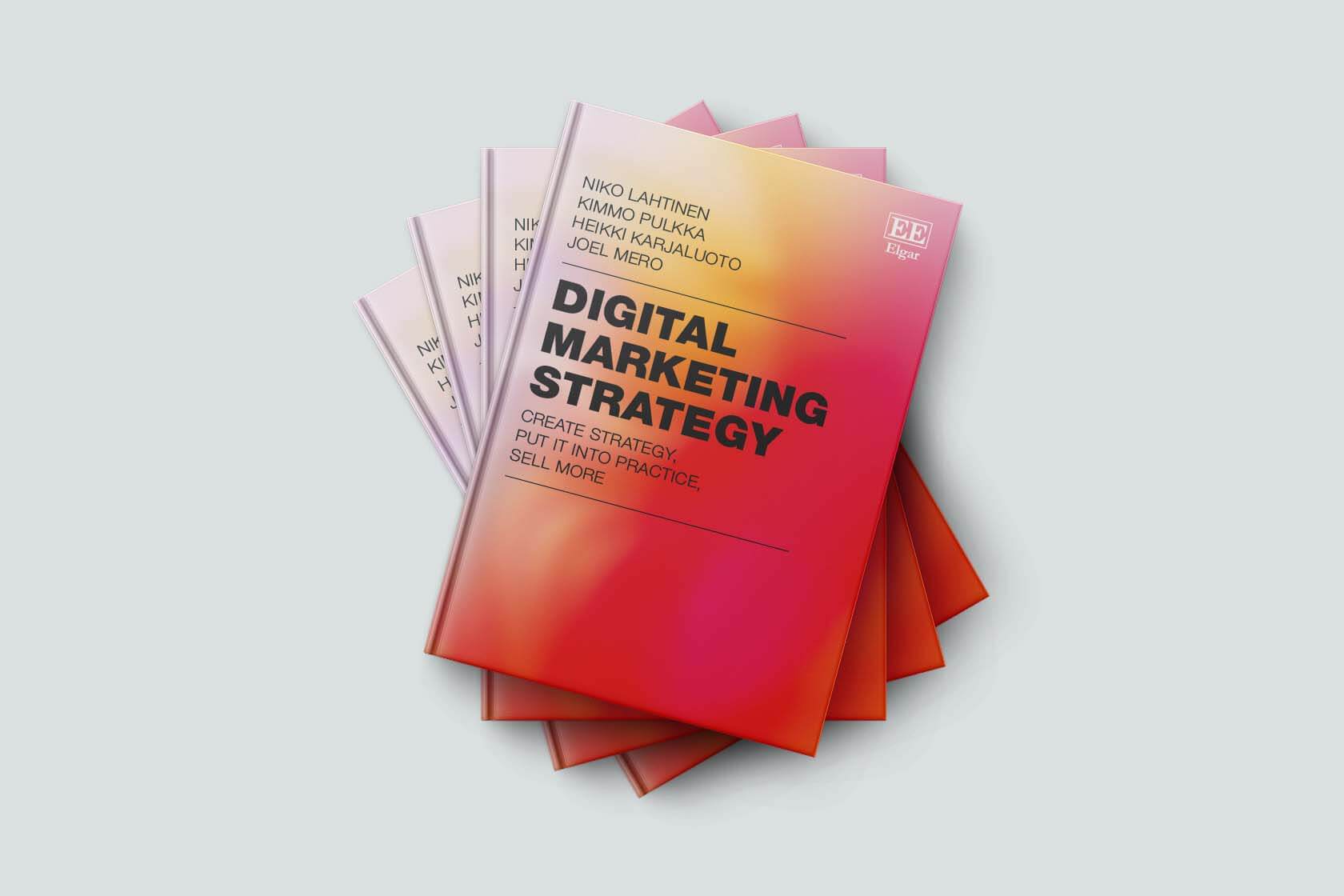Growth hacking is a modern way to do marketing. The development has been rapid for the past 10 years: Google turns 18 this year, Facebook is only 12 years old. However, both giants are now part of our daily lives. These giants have also revolutionized the way we buy.
The marketer’s job has always been to understand how customers buy and harness this information to drive the product sales.
The ideas in this blog post are largely based on Ryan Holiday’s book Growth hacker Marketing and Ryan’s lecture on the same topic at the Nordic Business Bootcamp.
Traditional marketer and growth hacker
Anything that acquires and retains customers is marketing – Ryan Holiday
The traditional marketer goes for the general public and uses his big marketing budget to get maximum coverage. The new generation of marketers (growth hackers) works differently, as the technological revolution has moved people to spend their time in non-traditional channels. In 2013 eMarketer writes that internet usage (5h) overtook watching TV (4h 31 min.)
This means that if you want to reach people, you can most often find them on the internet.
The internet differs from traditional channels in its measurability, as everything a person does online leaves a mark. This allows you to measure the measurability of marketing and what you can measure, you can also improve. A modern marketer wants as much information as possible from a marketing campaign, i.e. data.
The information comes from a properly built campaign almost in real time, and according to this information, the campaign is constantly being developed.
4 steps in growth hacker marketing
“A growth hacker is someone who has thrown out the playbook of traditional marketing and replaced it with only what is testable, trackable and scalable. Their tools are e-mails, pay-per-click ads, blogs, and platform APIs instead of commercials, publicity and money” – Ryan Holiday.
Growth hacker builds product marketing on top of these four principles.
- Product has a market, i.e. demand (Product Market Fit, PMF)
- Find your way to grow (growth hacking)
- Build virality
- Customer retention and product development (Retention and optimization)
Let’s go through these four principles, with examples.
1. Product market fit
Make stuff that the people want – Paul Graham
The worst mistake a marketer makes to ensure their failure is a product that could not be given for free, even to a friend. Therefore, make sure there is a demand for the product or service. It may be that the first version is not exactly what people want. First, build a Minium Viable Product (MVP) from your product.
MVP is a stripped down model of your product. One that allows you to test if there is a demand for the product and gather feedback from customers for the next version. If you grind your product for a long time, it will be expensive and at worst will result in you putting hard work and money into a perfect product that no one wants to buy.
A good example of MVP thinking is Instagram. It started as an app called Burbn, where the user could share images on a site-by-site basis. Funding had already been raised for $500.000, but when the use of the mobile app was viewed using analytics, it was noticed that users were only using the app’s image editing features. The bold decision was to believe the data, change the whole idea of the app and name it Instagram. The rest is history.
2. Find your way to grow (growth hacking)
Forget the old-fashioned mindset of reaching all people. A modern marketer reaches the target audience accurately and cheaply. Think about who the first users of your product are and win them over. You do not have to reach everyone for a lot of money, reach the first-time adopters and get them to take your products to a larger audience.
Airbnb engineers encoded a tool that allowed Airbnb users’ notifications to appear on Craigslist adverts, allowing notifications to gain a lot more visibility, completely free of charge. This allowed the new app to gain free visibility on one of the world’s most popular sites.
3. Build virality
Growth hackers build marketing inside a product, i.e. when using a product or service, the user becomes an advertisement for the product. This requires a good product, no one uses the bad, nor does it recommend going forward.
The email service Hotmail automatically added “P.S.: I love you” after each email sent in Hotmail. Get your free e-mail at Hotmail.” Thus, each message sent became an advertisement and each new user brought their own contacts to Hotmail’s marketing circle. All of this was measurable and could be developed and honed to be more effective. Largely because of this built-in marketing, Hotmail gained 30.000.000 users in 30 months and sold to Microsoft for $400.000.000.
The more traditionally built virality is represented by white headphones from Apple and the iPod. At one time, the headphones and hooks on all other players were black, so iPod users distinguished themselves from white. So the trendy first-time users were walking ads for the iPod.
4. User retention and product development
The product and its marketing are never finished. Continuous development ensures that users remain enthusiastic as well as references for your product. At this point, feedback from users and the measured data is really valuable.
Dropbox noticed that users who know how to use the product properly are more committed to it. So, they offer an extra 250 mb for those who complete a short tour. Those who have gone through the tour get more benefit from Dropbox and thus use it more and are also more likely to recommend it to their friends.
Airbnb offers photography of rental properties as a service. They send a professional photographer for free to photograph your apartment. This way, they ensure that your apartment is really high quality and at the same time the user gets better, more sellable pictures of the apartment. The user gets more bookings with better images and both benefit.
Summary
At its best, marketing is already part of the product development. It ensures that the product is in demand and, of course, identifies the target audience of the product. Once the MVP is ready, an affordable way to accurately reach this target audience will be developed. Let’s give a satisfied user an easy way to share your product and encourage them to do it. Testing is effective with today’s tools, and based on the measurement, you can validate ideas or change the direction of product development.
The world has changed, and change is good. The mindset of growth hacking is really functional: plan, implement, measure, analyze, and improve. This works both in marketing and in business in general. The only way to keep up with change is to continuously develop.











